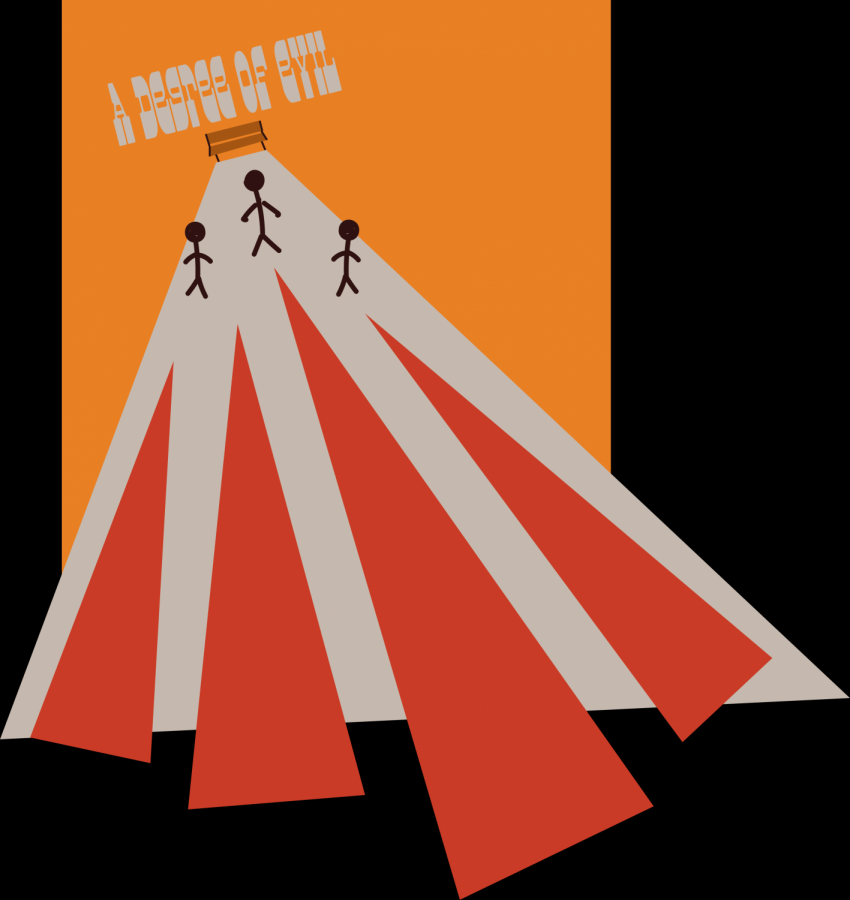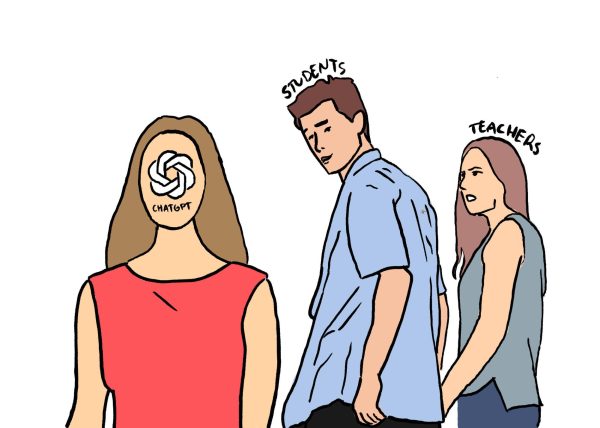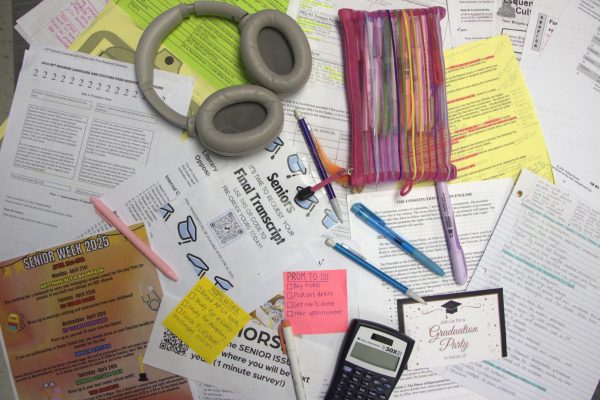A degree of evil
Colder weather highlights the abhorrent nature of anti-homeless infrastructure
photo by Emily Patterson
Temperatures in Florida are staying relatively low. For those subject to harsh rules and punishment, the colder weather can mean something different.
The recent falling temperatures have appeased meteorologists and fashion gurus all over Central Florida. Weathermen excitedly explain the week’s forecast while a student gently folds his new vintage peacoat as he plans his outfit for tomorrow. Cold weather signals the start of Christmas, fuzzy socks and significantly reduced electric bills.
For the man living under the overpass and the woman holding a bit of cardboard begging for spare change, a colder day means something different. The start of winter only serves to worsen the daily lives of thousands of homeless men, women and children. The World Population Review notes over 28,000 homeless people in Florida in 2020, while the National Alliance to End Homelessness reports that at least 31% of the homeless in America have no access to shelter.
In regions like the Midwest, with temperatures in the negatives and multiple snowstorms, the danger is obvious. However in Florida, with record heat waves and sunny beaches, it is easy to assume that a slight cold front isn’t really harmful for the homeless.
Except it is.
In 2012, The South Florida Sun Sentinel provided research stating that more than 100 Floridian have died from hypothermia since 1979 from temperatures in the 30s and 40s, which is not outrageous for early mornings and late nights.
So, as millions of families across the country arrive home to blankets and hot cocoa, others suffer outside in the cold with nowhere to go. This problem is largely the fault of the local government. Anti-homeless ordinances and laws have been passed nationwide, with legislators complaining that tents, tarps and large boxes used for protection against the weather are unsightly and a disturbance to regular city goers and tourists.
The push for anti-homeless legislature and architecture is, to put it bluntly, disgusting. In Ocala, it is illegal for anyone to rest on public property. The city of Miami has proposed a policy banning tents or any makeshift shelter. The International Network of Street Papers in 2019 lists the construction of unnecessary infrastructure, scheduled noise disturbances and police interference in New York, California and Philadelphia.
Further city architecture include spikes and boulders placed under overpasses and on strips of pavement. Armrests on benches are generously placed on multiple areas in parks and installations such as planting boxes serve as deterrents to those looking to find shelter on the sides of the street and in parks.
It is a devastatingly unfair cycle; people are forced to violate the law or find shelter, which are not always an option. Homeless shelters can mean waitlists, strict curfews and situations of abuse or violence. Should they break the ordinances, they are jailed and fined thousands of dollars they have no way of paying, which furthers their financial struggle.
Local police departments, city designers and mayors are blatantly elitist and prejudiced against their own people. The government has a duty to protect all of their constituents, including those without a roof over their heads. This is not to criticize those with excitement for sweater weather, but a reminder to hold those in power accountable. Donate to organizations like the Coalition for the Homeless, that provide education, housing and legal services. Research the stance of politicians running for office on budgeting for housing and urban development. Most importantly, pay attention to your community and those who manage it.

Your donation will support the student journalists of Hagerty High School. Your contribution helps us publish six issues of the BluePrint and cover our annual website hosting costs. Thank you so much!








